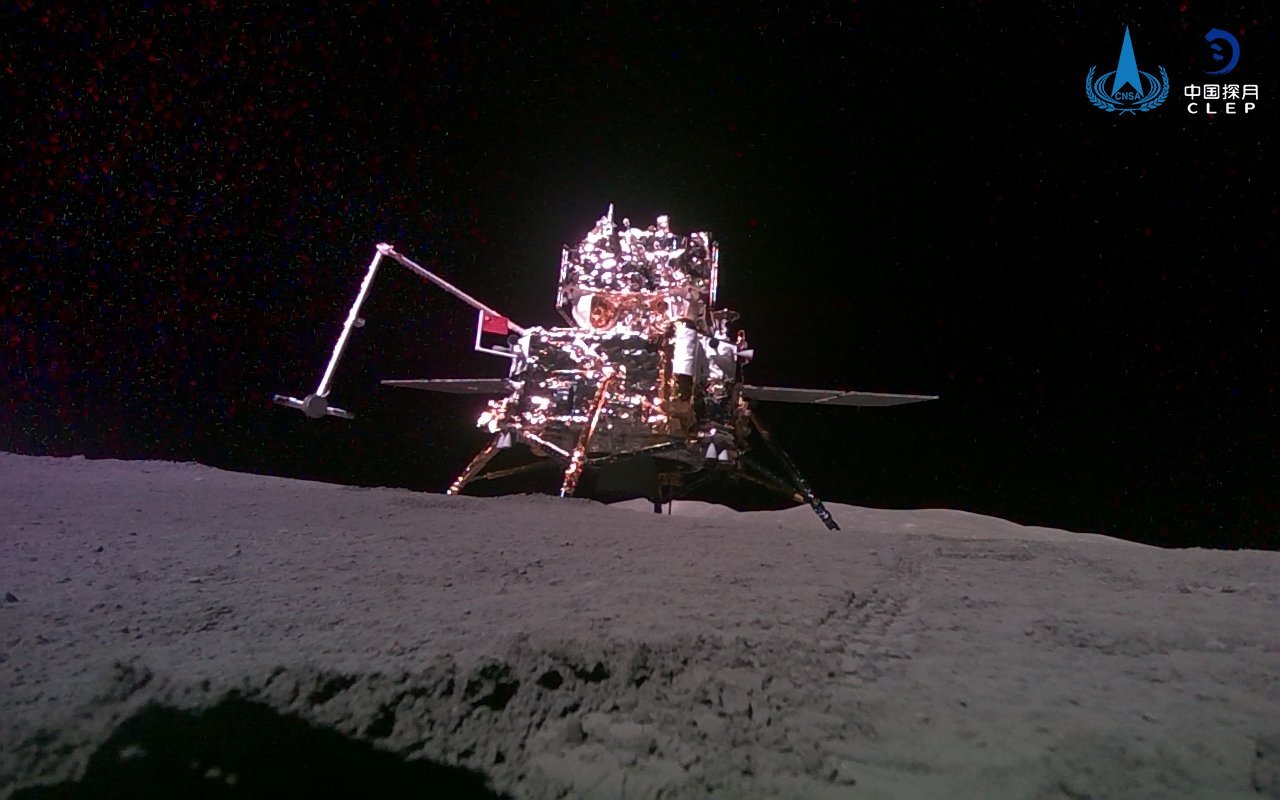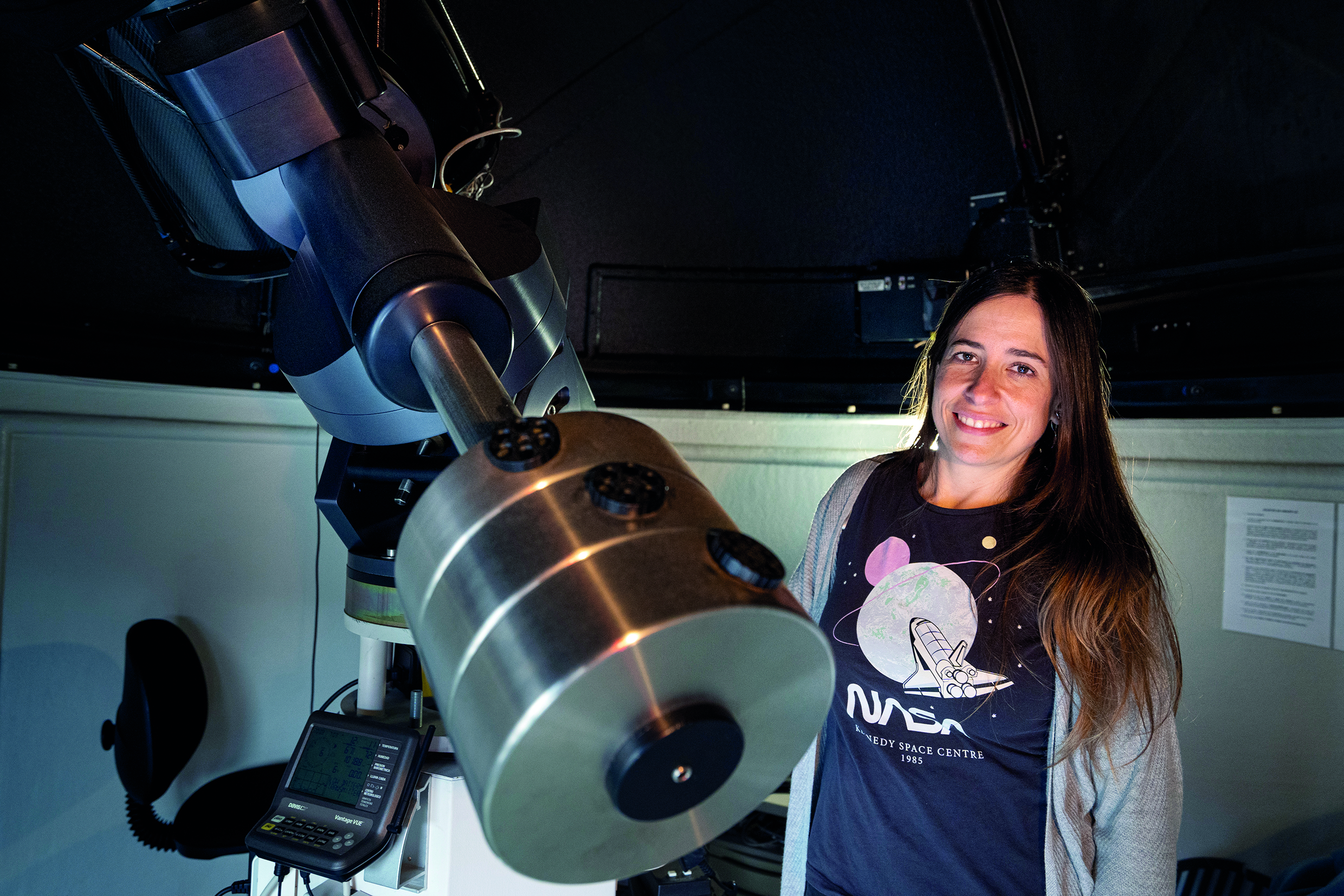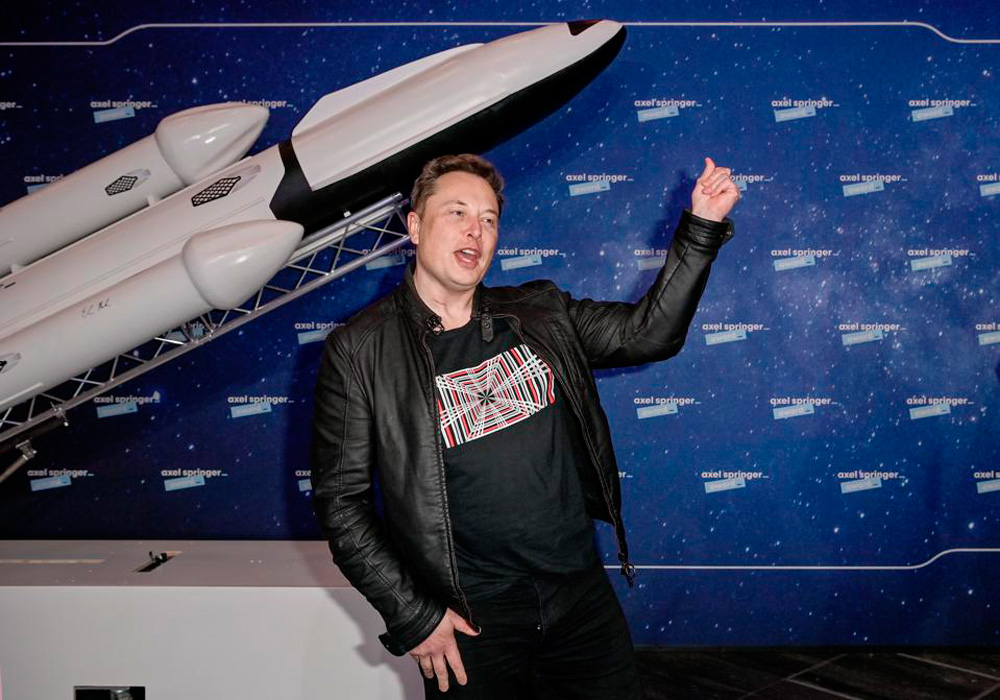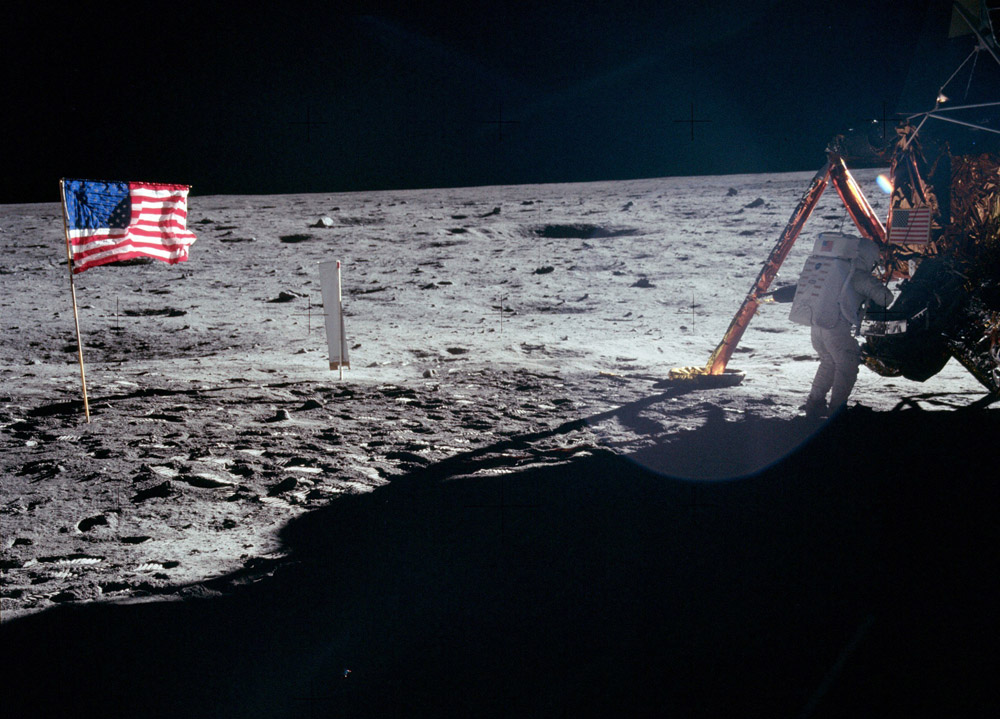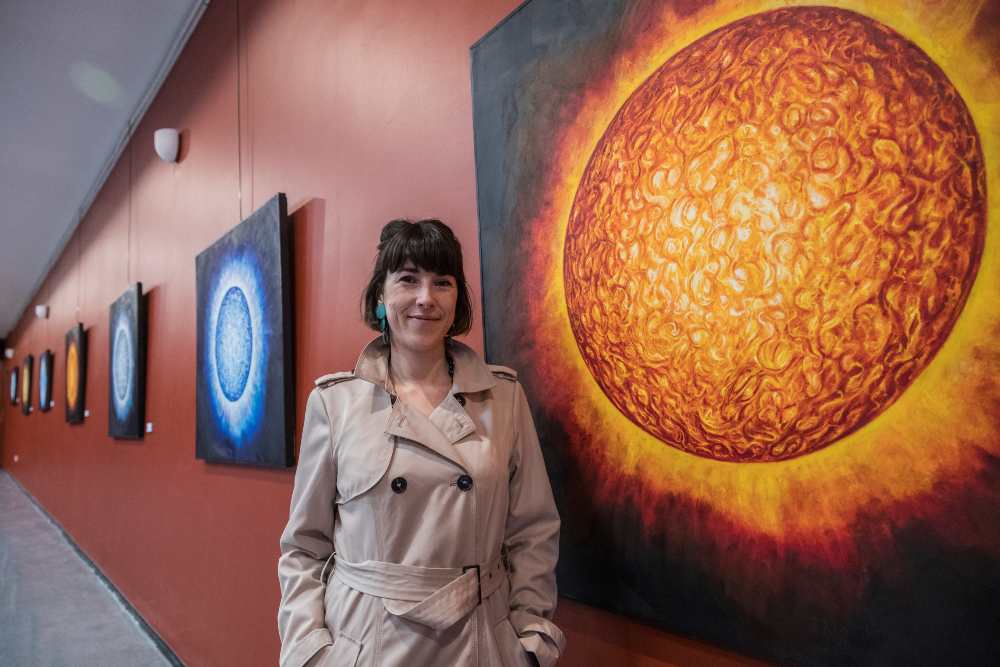What does communication with Voyager look like?
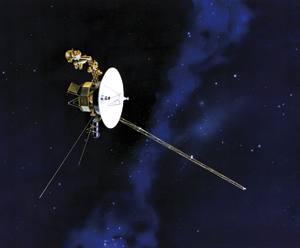
On September 5, 1977, the Voyager 1 probe was launched into space and years later Voyager 2. The mission of these probes is to move away from space and, if possible, to escape from the solar system. They're doing it, one is 19 billion kilometers away from us and the other is 15 billion kilometers away.
Two probes traveling at a speed of 60,000 kilometers per hour send us signals continuously, which is enabling researchers to gather data on what this is about. But how are the signals sent? What kind of are they? How long will it be possible to send signals?
The signals are the radio waves of the highest frequencies known in 1977. Probes require very little energy for shipping and are collected at three points on Earth. The further away we are, the more noise we get with the signal and, therefore, the more difficulties. On the other hand, the batteries are recharged thanks to the energy of the sun, but when you leave the solar system that will not be possible. So what? There are two options: either it's over, or you'll take the energy you need from another star.
James Webb teleskopioaren lehen irudiak eta datuak aurkeztu dituzte: unibertsoari inoiz ateratako argazkirik sakonenak eta exoplaneta baten espektroskopia-datu zehatzenak. “Kosmosaren ikuspegi berri eta iraultzaile bat”, Bill Nelson NASAko administratzailearen... [+]













